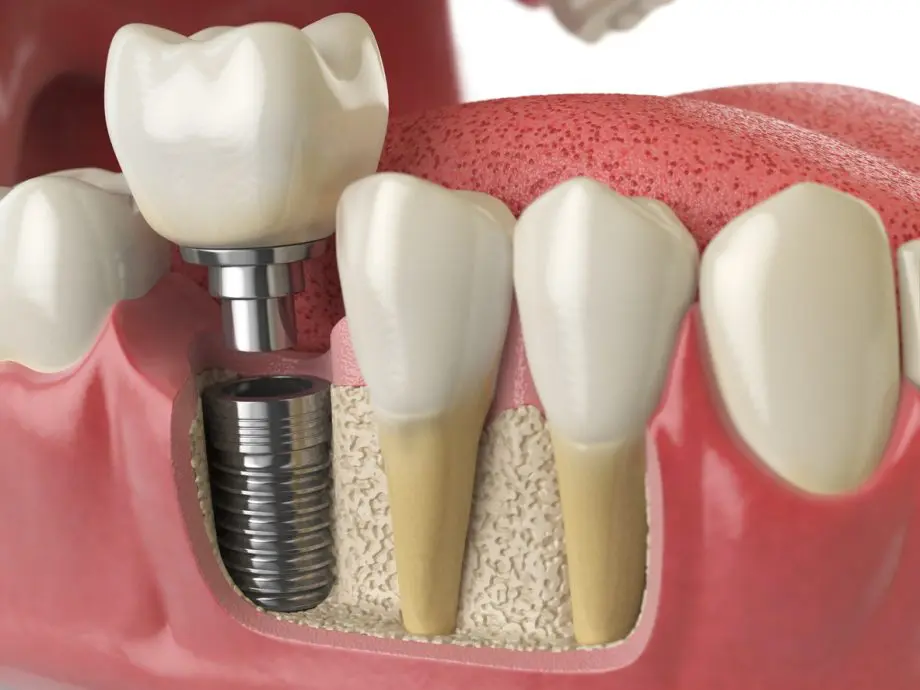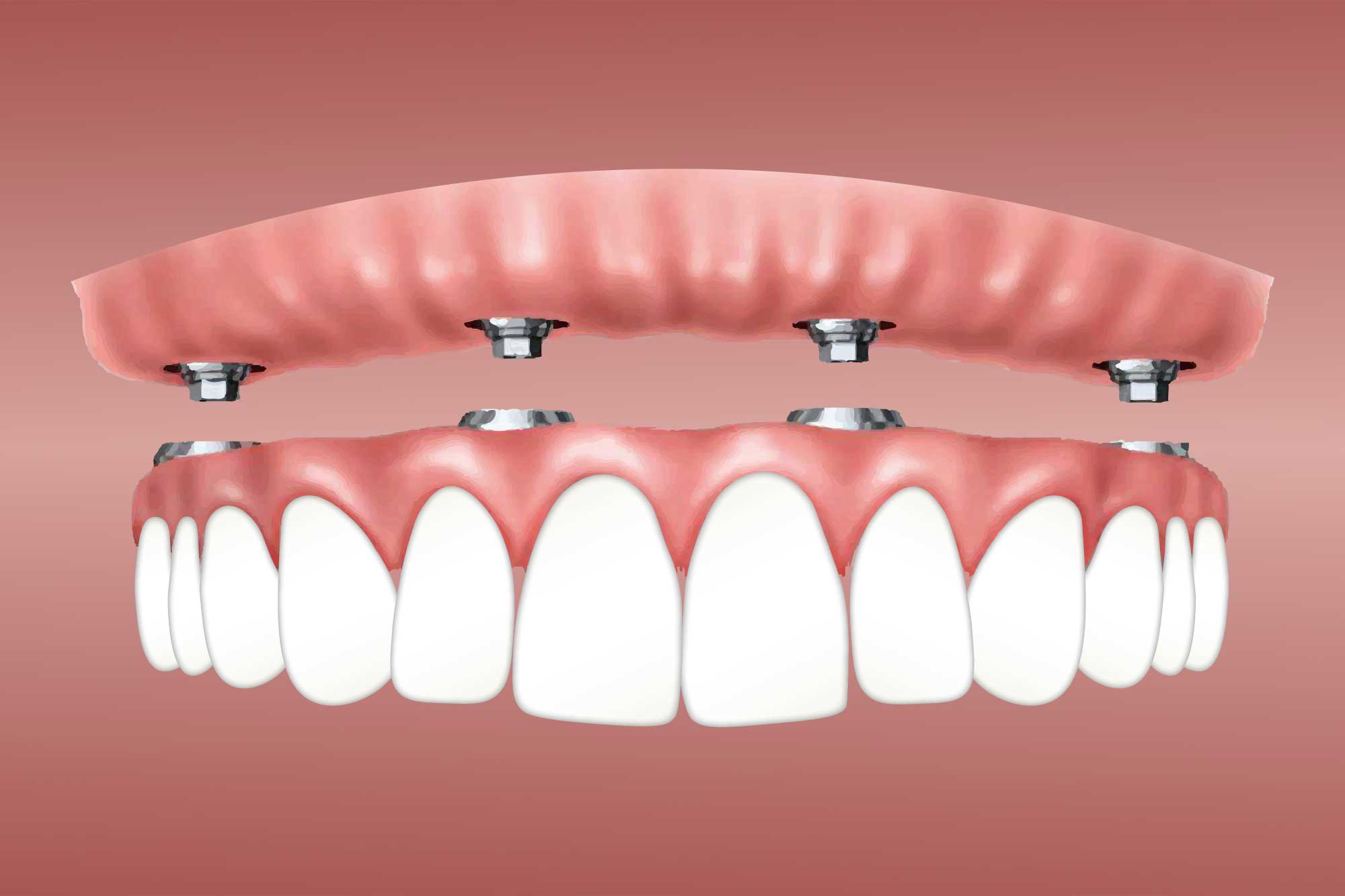Dental Center Granville OH Single-Tooth Implants: Everything You Need to Know
Dental Center Granville OH Single-Tooth Implants: Everything You Need to Know
Blog Article
Dentists Hartford OH Dental Implants: Services and Expertise
Dental implants have revolutionized restorative dentistry, offering a dependable alternative to traditional methods for changing missing teeth. The integration of dental implants with the jawbone is a his explanation fancy biological process known visit here as osseointegration. This process not only anchors the implant securely but in addition helps keep Visit This Link jawbone health, stopping the bone loss usually related to missing teeth.
The dental implant itself is typically made of titanium, a biocompatible material that the body accepts. When an implant is placed in the jaw, it is designed to closely mimic the basis of a natural tooth, which is important for effective integration. The titanium floor encourages the expansion of bone cells, enabling the jawbone to bond with the implant over time.
Dental Care New Albany OH The Best Dental Implant Services

Several stages constitute the osseointegration process. Initially, when the implant is surgically placed into the jaw, a healing interval is required for the encircling bone to begin out reworking. During this time, the bone grows across the implant, making a stable and steady basis. This therapeutic time can differ, sometimes lasting several weeks to some months, depending on various elements, including the individual's overall health and the specific location of the implant.
The position of surrounding bone quality is crucial. High-density bone typically provides a greater setting for osseointegration in comparability with lower-density bone. Specialists typically evaluate the quality and amount of bone before the implant placement to determine the best plan of action, which can involve bone grafting procedures in cases of inadequate bone volume. Grafting enhances the chances of profitable integration by creating a more sturdy base for the implant.
The biological mechanisms behind osseointegration involve numerous cellular actions. Osteoblasts, the cells liable for bone formation, migrate to the implanted space and start to lay down new bone material. Simultaneously, the surface of the titanium implant undergoes changes that facilitate this bonding course of. Some newer implant designs incorporate floor modifications to further improve biological integration.
Dental Clinic Condit OH Full Mouth Dental Implants
Throughout the integration process, the position of blood provide can't be overstated. An sufficient blood supply nourishes the bone and ensures the right functioning of the cells concerned within the therapeutic and integration course of. Improved blood move leads to quicker healing and higher outcomes, which is why surgical strategies and aftercare usually prioritize sustaining or enhancing blood circulation to the site of the implant.
Improvements in surgical techniques also contribute significantly to the success rates of dental implants - Dental Clinic Sunbury OH. Minimally invasive strategies and guided implant surgery enable for extra exact placement of implants, decreasing trauma to the encompassing tissues and probably rushing up the healing time. The less trauma skilled by the jawbone can result in a more favorable surroundings for osseointegration
Dental Implants Hartford OH Dental Implant Surgery

How an individual maintains their oral hygiene after receiving an implant can considerably influence integration success. Proper care around the implant web site helps prevent infections, which may disrupt the healing course of. Regular dental check-ups are additionally important to observe the health of both the implant and the surrounding gum and bone tissues.
Long-term success with dental implants is commonly linked to elements such as life-style choices. Patients who smoke or have uncontrolled diabetes could experience lower rates of osseointegration. These conditions interfere with therapeutic and blood supply, making it critical for people considering implants to debate their health history with their dentist.
After the profitable integration of the implant, the subsequent phase includes inserting the prosthetic restoration, corresponding to a crown. The last restoration must match comfortably and functionally integrate with the present dentition. Johnstown Dental Alexandria OH. Proper alignment and occlusion play important roles in how well the implant will perform over time
Dentists Granville OH Dental Implant Types: Choosing the Right Solution
Dental implants present an enduring resolution that helps protect the integrity of the jawbone. When a tooth is misplaced, the bone that once anchored its root begins to deteriorate. Implants stimulate the bone similarly to natural teeth, triggering the jaw to take care of its density and energy. This stimulation is crucial for stopping the sunken facial appearance that always accompanies tooth loss.
In conclusion, the mixing of dental implants with the jawbone entails a fancy interaction of organic and mechanical factors. Understanding the osseointegration process can empower people to make knowledgeable decisions about their dental health. By appreciating the importance of choosing a skilled dental skilled and adhering to post-operative care, sufferers can obtain optimum outcomes and revel in restored operate and aesthetics for a few years to come.

- Dental implants mimic the structure of natural teeth and provide a secure basis by integrating with the jawbone via a course of known as osseointegration.
- The biocompatibility of titanium, generally used for dental implants, performs a vital function in selling successful bonding with bone tissue.
- Osseointegration typically begins inside a number of weeks post-surgery, with the implant floor steadily changing into enveloped by bone cells.
- The mechanical stability of implants is enhanced by their surface roughness, which inspires bone development and improves the combination process.
- Immediate loading of implants can be possible in certain circumstances, relying on bone density and the patient’s general dental health.
- Over time, the jawbone responds to the presence of an implant by present process transforming, contributing to the long-term success of the procedure.
- Factors similar to oral hygiene, smoking habits, and systemic health conditions can significantly impact the combination strategy of dental implants.
- Regular follow-ups and imaging methods, similar to X-rays, can help monitor the success of osseointegration and detect potential complications early.
- The preservation of surrounding bone structure is enhanced by the stimulation supplied by dental implants, which might help prevent bone loss in adjacent areas.
- Successful integration not only restores functionality to the tooth but also contributes considerably to the aesthetics of the affected person's smile and facial structure.undefinedWhat are dental implants and how do they work with the jawbone?undefinedDental implants are titanium posts surgically inserted into the jawbone to function synthetic tooth roots. Once placed, they undergo a course of referred to as osseointegration, where the jawbone naturally fuses with the implant, making a secure foundation for the replacement tooth.
How does osseointegration occur?undefinedOsseointegration is a organic course of where bone cells develop and fasten to the floor of the dental implant. This sometimes takes several months, throughout which the implant becomes firmly anchored in the jawbone, guaranteeing strength and stability for the bogus tooth.
Dentist Office Sunbury OH Affordable Dental Implants: A Guide
What elements affect the success of dental implant integration?undefinedKey components include the quality and quantity of the jawbone, the affected person's total health, and oral hygiene practices. Adequate bone density is essential, as inadequate bone may impede successful integration.
Is the pain during dental implant placement significant?undefinedMost patients report minimal discomfort through the process, as native anesthesia is used. Post-operative pain is mostly manageable with over-the-counter pain reduction medicines, and most discomfort subsides inside a couple of days.
How long does the integration process take?undefinedTypically, osseointegration takes about three to six months. However, this will differ based mostly on individual healing processes and the precise conditions of the jawbone.
Can anybody get dental implants?undefinedMost people are candidates for dental implants; nevertheless, sure conditions similar to uncontrolled diabetes or severe gum disease might have an effect on eligibility. A thorough evaluation by a dental professional is important to discover out suitability.
Dental Care Associate Sunbury OH Permanent Dental Implants
What could be done if there is not enough jawbone for integration?undefinedIf there is insufficient bone, procedures like bone grafting may be performed to enhance the jawbone. Once the graft heals, dental implants can then be placed, permitting for successful integration.
Are there long-term care concerns after getting dental implants?undefinedYes, maintaining wonderful oral hygiene is vital for the longevity of dental implants. Regular dental check-ups and cleanings additionally assist prevent problems and guarantee the ongoing health of the encircling bone and gum tissue.
Dental Center Pataskala OH Dental Implant Surgery: Procedure, Recovery, and What to Expect
How do dental implants compare to other tooth replacement options?undefinedDental implants are often considered superior to dentures and bridges because of their durability, stability, and the preservation of jawbone health. Unlike other options, implants fuse with the jawbone, which helps maintain bone density and facial structure.
Report this page